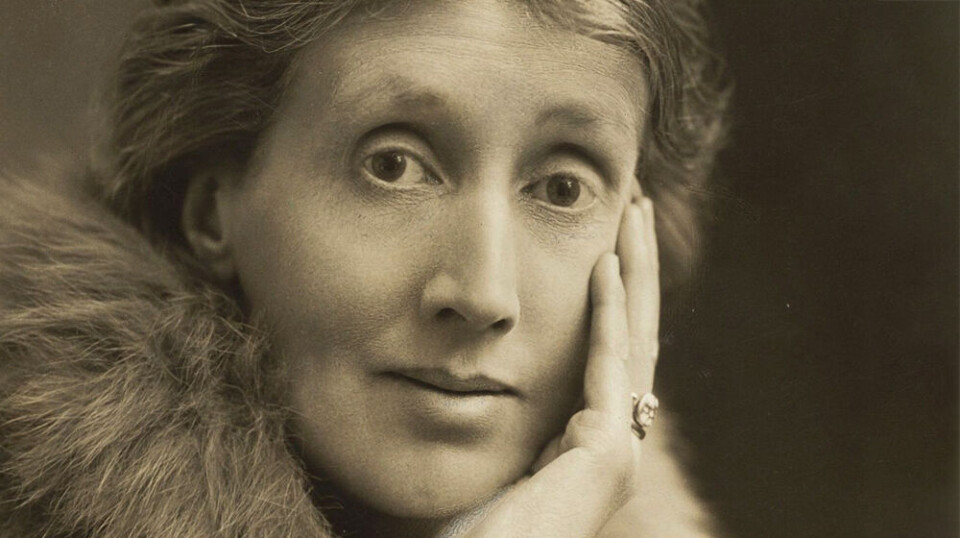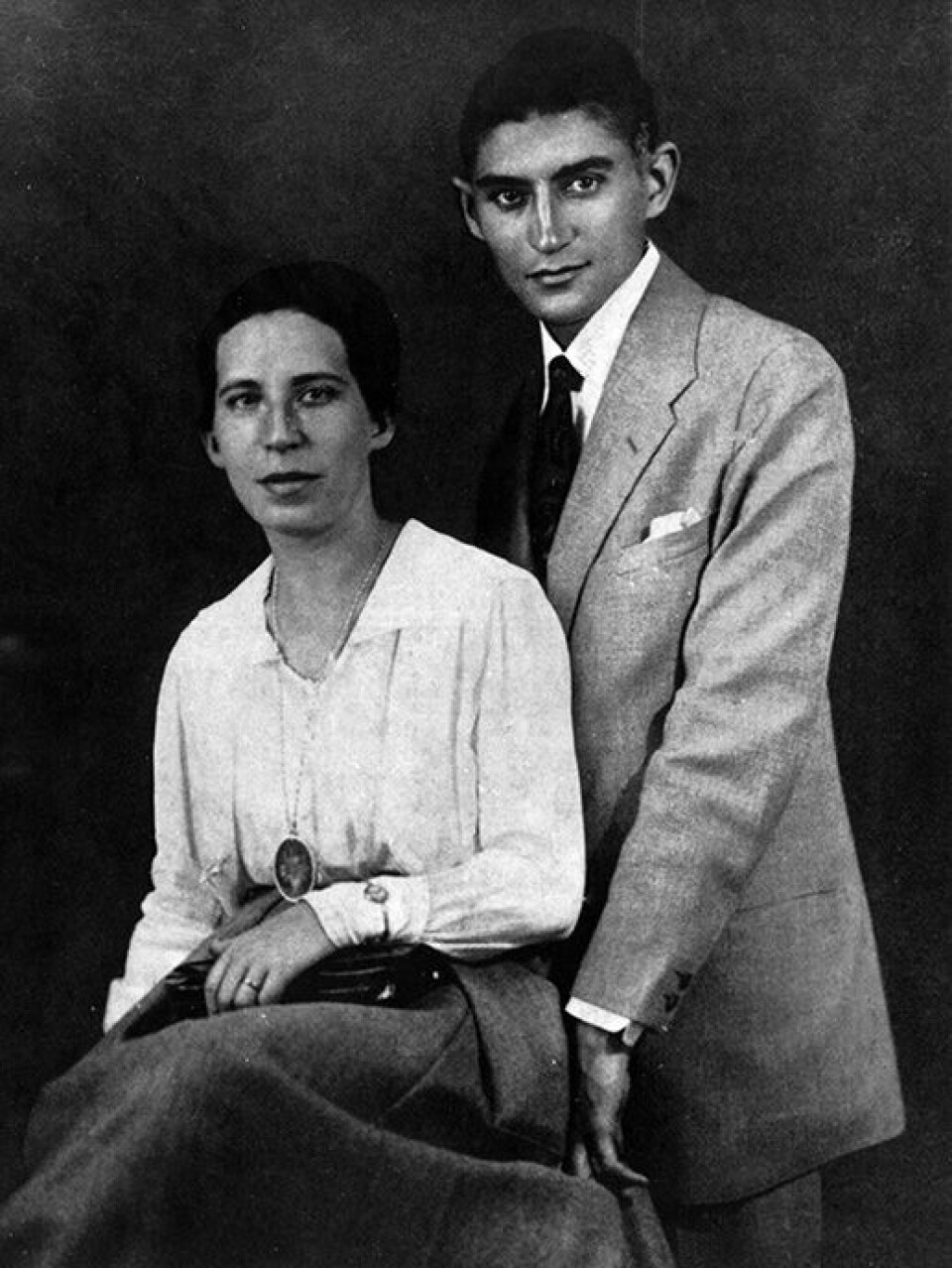THIS CONTENT IS BROUGHT TO YOU BY University of Oslo - read more

20th century literature shows that portrait photography has changed our understanding of each other
The great authors Proust, Kafka, and Woolf all wrote about portraits in the early 1900s. The new images generated both frustration and passion, according to new research.
The proliferation of portrait photography in the latter half of the 19th century was a minor media revolution that is difficult to comprehend today.
By the early 20th century, they had become part of everyday life – they were enclosed in letters between lovers and exchanged between friends.
Physical pictures. Not the endless stream of digital images we are exposed to on social media and other digital platforms.
“The images that surround us today are not chosen by us. It's the media companies and algorithms that bombard us with them, and we can't touch them,” says Marit Grøtta.
She is a professor of literature at the University of Oslo. Grøtta recently published a book about this topic.

“I believe we develop a less personal relationship to images in a digital culture,” she says.
In the book, Grøtta closely examines how portrait photography plays a role in the texts of the authors Marcel Proust, Franz Kafka, and Virginia Woolf.
“There was a media shift in the decades before and after the year 1900, which these authors reflect upon. This was a transitional period, where photographs also began to appear in newspapers and magazines, changing the boundaries between the private and the public," she says.
Grøtta explains that Proust, Kafka, and Woolf engaged with this in their daily lives, and they are the first authors to describe the encounter with portrait photographs in a detailed manner.
The images stirred strong emotions
Grøtta has read novels, short stories, diaries, and letters in which the authors or their characters engage with photographs of other people.
“It's not primarily the portrait photographs that are described, but the characters' relationships to them. They describe many scenes where characters immerse themselves in a portrait photograph of a person to whom they have some form of relationship and become emotionally engaged with the image itself,” she explains.
There are many emotions at play here – both passion and frustration – and this also leads to a reflection on the workings of images, the literature professor explains.
It was not just the media landscape that was changing at this time. The perception of humans and relationships between people was also evolving.

“After Freud, we better understand how much we don't have access to in other people, and how much plays out in and behind a face,” she says.
The portrait photograph makes it possible to study some of this.
“Proust, Kafka, and Woolf describe how human relationships change when faces begin to circulate independently and can be studied without a person's physical presence," she says.
Kafka dissatisfied with portrait of his fiancée
Kafka, for instance, describes how he reacts to a photograph he received from his fiancée, Felice Bauer.
“He describes an enormous frustration that her gaze does not meet his. He says it's as if she deliberately turns away. She always averts her gaze, no matter how he turns the photograph. He must settle for kissing the photograph instead of meeting her gaze,” Grøtta explains.
She believes that these types of descriptions and reflections are important sources for understanding the profound change that portrait photography represented in their time.
“It almost seems as if these authors attribute something supernatural to the portrait photographs. It is not just a picture, but a kind of double. The portrait photograph gives a sense of presence, that the person is there, but at the same time a sense of absence,” she says.
Grøtta believes it is an ambivalence we can still feel today, even though we are much more seasoned media consumers.
Writing as images become more widespread
Portrait photographs play different roles for the three authors. Grøtta summarises by saying that Proust is concerned with truth, Kafka with power, while for Woolf, it is about sympathy.
“In Proust's In Search of Lost Time, the main character is focused on finding a deeper truth in the image. He distinguishes between public images of actors, which appear false, and more genuine, private images that are more authentic, but which maybe do not fully deliver either,” she explains.
Grøtta notes that Kafka is concerned with power on multiple levels.
“He particularly depicts family photographs and how the main characters are, in a way, at their mercy. The images hold the main characters in a submissive role,” she says.
Woolf, on the other hand, criticises the 19th-century conventions for portraits.
“She believes they glorify great men, personality, and power. But for Woolf, it's also about how sympathy can arise through images and through faces," she says.
The authors highlight different aspects, but all write during a transitional period where images are becoming more and more prevalent.
“It says something about how great these authors are that they manage to portray the change that the proliferation of photography entails, without this being a main focus for them,” Grøtta says.
Literature shows how media affect us
Proust, Kafka, and Woolf manage to capture everyday experiences related to the technological advancements of their time. It is not surprising that contemporary authors do not describe photographs in the same way.
However, Grøtta sees an interesting trend.
“We live in a different visual culture, shaped by today's media. And we have become very accustomed to 'mediated faces,' so we don't think much about how they affect us. But there's a tendency in contemporary literature where authors reflect on personal stories based on analogue photographs," she says.
Grøtta primarily thinks of the French Nobel laureate Annie Ernaux but also mentions the Norwegian author Linn Ullmann.
“But it's nevertheless in a different manner than Proust, Kafka, and Woolf. Where they described how one relates to their contemporaries through portrait photographs, today's authors are more inclined to delve into memory and history,” she says.
Grøtta believes that the three authors, Proust, Kafka, and Woolf, shed light on history in a way that cannot be achieved by merely studying technological and media history.
“Fiction gives us an understanding of how media intervenes in our lifeworld and daily life. It can show how they affect our senses – and how this influences relationships between people,” she concludes.
Reference:
Grøtta, M. 'Reading Portrait Photographs in Proust, Kafka and Woolf: Modernism, Media and Emotion', Edinburgh University Press, 2024. ISBN: 1399526987

This content is paid for and presented by the University of Oslo
This content is created by the University of Oslo's communication staff, who use this platform to communicate science and share results from research with the public. The University of Oslo is one of more than 80 owners of ScienceNorway.no. Read more here.
More content from the University of Oslo:
-
Putin’s dream of the perfect family
-
How international standards are transforming the world
-
A researcher has listened to 480 versions of Hitler's favourite music. This is what he found
-
Researcher: "AI weakens our judgement"
-
New, worrying trend among incels, according to researcher
-
Ship’s logs have shaped our understanding of the sea




































